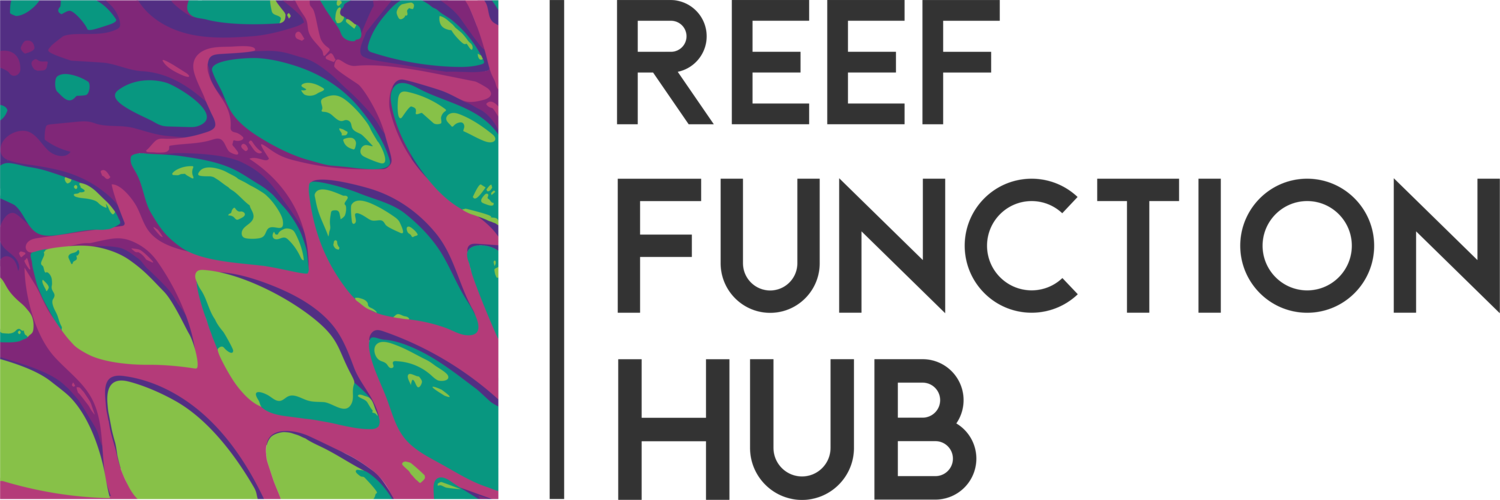Parrotfish corallivory on stress-tolerant corals in the Anthropocene
Authors: Victor Huertas, Renato A. Morais, Roberta M. Bonaldo, David R. Bellwood
Abstract:
Cumulative anthropogenic stressors on tropical reefs are modifying the physical and community structure of coral assemblages, altering the rich biological communities that depend on this critical habitat. As a consequence, new reef configurations are often characterized by low coral cover and a shift in coral species towards massive and encrusting corals. Given that coral numbers are dwindling in these new reef systems, it is important to evaluate the potential influence of coral predation on these remaining corals. We examined the effect of a key group of coral predators (parrotfishes) on one of the emerging dominant coral taxa on Anthropocene reefs, massive Porites. Specifically, we evaluate whether the intensity of parrotfish predation on this key reef-building coral has changed in response to severe coral reef degradation. We found evidence that coral predation rates may have decreased, despite only minor changes in parrotfish abundance. However, higher scar densities on small Porites colonies, compared to large colonies, suggests that the observed decrease in scarring rates may be a reflection of colony-size specific rates of feeding scars. Reduced parrotfish corallivory may reflect the loss of small Porites colonies, or changing foraging opportunities for parrotfishes. The reduction in scar density on massive Porites suggests that the remaining stress-tolerant corals may have passed the vulnerable small colony stage. These results highlight the potential for shifts in ecological functions on ecosystems facing high levels of environmental stress.

